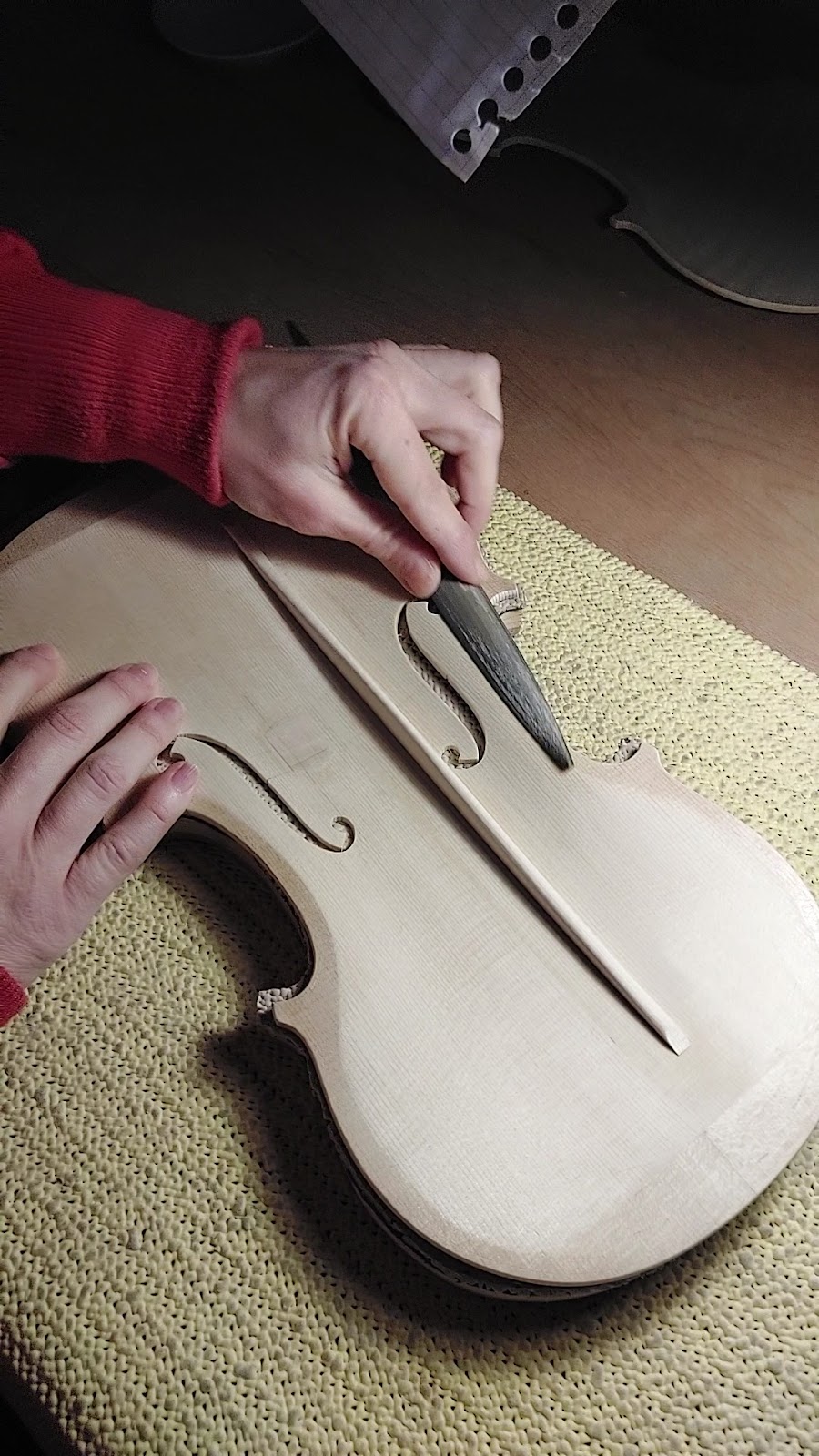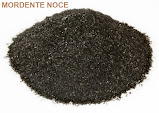Gluing prep

You need flat file,piece of cotton scrap and acetone . Use the flat file to level the gluing surface and cleaning it from dust. You're gonna do that slightly swiping it all over the gluing surface. You don't need to file the surface or took from the wood. The moovment should be gentle, just to clean the wood, almost invisibly. Then soak a piece of cotton in acetone. Pass it over the entire gluing surface to degrease. The acetone is great degreaser and evaporate super quickly, so it does not change the surface, swelling the wood. You are ready to safely glue your top/backplate! Why we do that passage? Our hands leave sweat and grease working the plates. Meanwhile, micro particles of wood powder accumulate,Tokyo. Which by themselves carry other types of dirt. Disinfecting the surface before gluing prevents the formation of molds and others pathogens, that can corrode the glue and favor the detachment.


